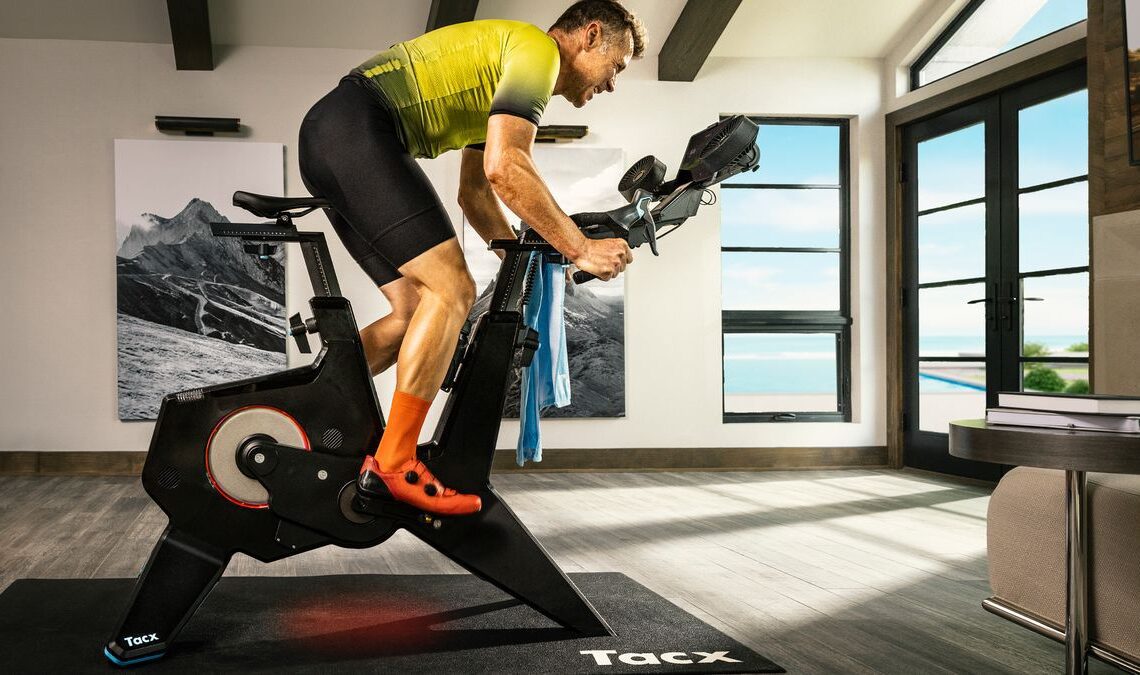In the American Pacific Northwest, summers mean long warm days. It rarely gets too hot and, despite the reputation that Seattle and Portland both have, it rarely rains. As an endurance rider who doesn’t race, I take advantage of this time by pushing my rides longer and longer and eking out every last moment of the day. Riding from sunup to sundown through some of the most beautiful landscapes in the world makes it easy to develop fitness. Then, right around the beginning of September, it all comes to an end.
It feels like the days get suddenly shorter and the rain, always cold, can feel relentless. It’s easy to fall into a period of mourning and as the winter drags on, depression can even set in. Over the years one of the ways I’ve taken to combating this is to keep my training consistent by turning to indoor training.
When I was younger, indoor training often meant intervals. As I’ve aged, and spent more time cycling, I’ve found that while interval training has its place, and benefits, I can’t sustain my joy for cycling with intervals alone. Sometimes I need to ride in a way that feels similar to my outdoor rides and one of the ways I’ve done that is with Rouvy.
There’s something I’ve found though. Even though indoor cycling can help your mental health, it isn’t the same as outdoors. Of course anyone who’s done any indoor riding will tell you that but I like to understand the why of things. Indoor riding feels more difficult, why is that? Certainly there are a number of reasons but I set out to see what might be making it harder to ride indoors and if there was anything I could do to make it easier and more pleasant, here’s what I found.
Indoor heat and the effects of heat acclimation
One of the first clues to what I think is an under-appreciated challenge with indoor riding came to me because of my Garmin cycling computer. What I mean is that when I ride outside during the summer the Garmin 1040 Solar I use has a data field it shows at the end of each ride called heat acclimation. “Heat acclimation shows as a scale of 0 – 100% of how well you are adjusting to heat during training” and according to Garmin “full acclimation takes a minimum of four training days.”
The reason this matters is that there’s a performance advantage to heat acclimation. According to “Prolonged Heat Acclimation and Aerobic Performance in Endurance Trained Athletes”…
Click Here to Read the Full Original Article at CyclingNews RSS Feed…

